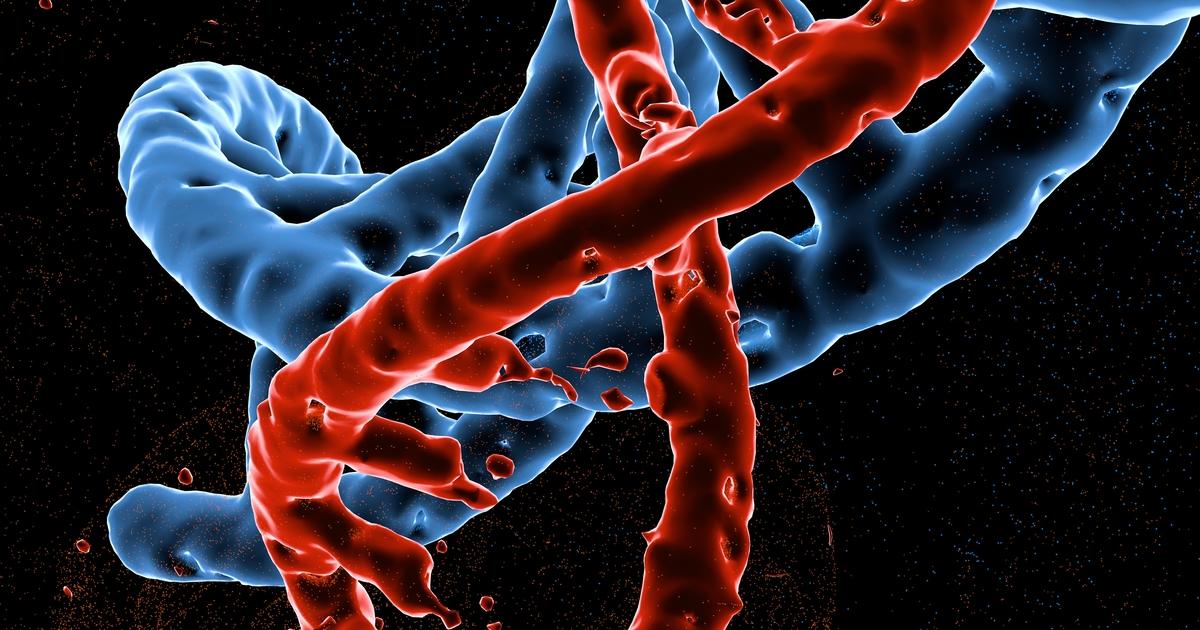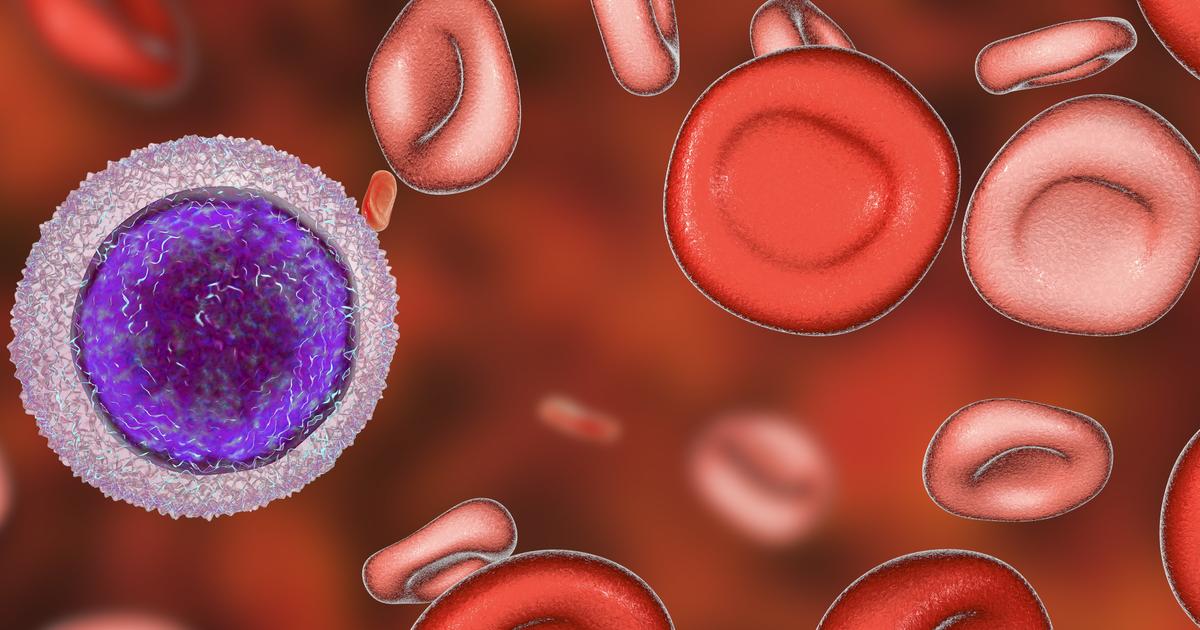Causes And Complications Of Diamond-Blackfan Anemia
Diamond-Blackfan anemia is a blood disorder where an individual has bone marrow that cannot produce an adequate amount of blood cells to replace the cells that die off. This type of anemia typically presents with red blood cells that are larger than normal, or macrocytic red blood cells. Diamond-Blackfan anemia occurs most often in young children, but it can also develop in an adult. Symptoms characteristic of Diamond-Blackfan anemia include excessive sleepiness, pale skin color, fatigue, distinct facial appearance, cleft palate, heart anomalies, unusual thumbs, short stature, irritability, rapid heartbeat, low birth weight, heart murmur, reproductive anomalies, and urinary system anomalies. Bone marrow testing, physical examination, genetic testing, and blood testing are used to help make a diagnosis of Diamond-Blackfan anemia. Treatment can include bone marrow transplant, blood transfusions, and medication.
Diamond-Blackfan anemia has a few causes and several possible complications. Learn about these now.
Genetic Mutation

An individual who has one or more certain types of gene mutations may develop Diamond-Blackfan anemia as a result. Approximately one-quarter of all cases of Diamond-Blackfan anemia is caused by a genetic mutation that occurs in the RPS19 gene. Between twenty-five and thirty-five percent of Diamond-Blackfan anemia cases are caused by one or more genetic mutations that occur in certain genes, including the RPL5, RPL35A, RPS10, RPS24, RPL11, RPS7, RPS17, and RPS26 genes. One or more mutations that occur in an individual's GATA1 gene can cause the development of Diamond-Blackfan anemia in rare cases. The cause of Diamond-Blackfan anemia in the remaining forty to fifty percent of all cases is not known. Many of these genetic mutations are associated with the encoding of different ribosomal proteins, including those in the RPS19, RPL11, RPS7, RPS17, RP24, RPL5, RPL35A, RPS10, and RPS26 genes. When an individual is affected by a deficiency of functional ribosomal proteins, they can experience increased self-destruction of the stem cells or blood-forming cells inside of their bone marrow. These cells are meant to develop into red blood cells, so this malfunction results in anemia.
Keep reading to learn more about the causes and complications of Diamond-Blackfan anemia now.
Iron Overload

A Diamond-Blackfan anemia patient may experience iron overload as a result of the treatment they receive for their disease. Iron is a mineral required for the body to produce hemoglobin, which is responsible for transporting oxygen to the tissues via the red blood cells in the bloodstream. In healthy individuals, iron is recycled in the body and can maintain a proper level. The human body does not have a natural mechanism that facilitates the removal of iron from the body when it does become too abundant, causing a condition called iron overload. An individual with iron overload can incur damage to vital organs when iron builds up in their tissues because it is toxic. Iron overload often occurs as a complication of blood transfusions in individuals affected by Diamond-Blackfan anemia. Large amounts of iron are present in donor blood infused into the affected individual's body to increase their red blood cell count. However, not all of the iron is converted to hemoglobin, and it begins to accumulate in the body after several transfusions. Removing the iron mineral before the blood transfusion would render it ineffective at increasing red blood cell count, so iron chelation therapy must be used to prevent iron overload.
Uncover more details on the complications linked to Diamond-Blackfan anemia now.
Weight Gain

An individual affected by Diamond-Blackfan anemia may experience weight gain as a result of the disorder itself, or because of a type of medication they may be taking to treat their disease. Although the mechanism that links certain physical features to the hematologic features in Diamond-Blackfan anemia patients, it is thought to be the result of closely related genetic mutations. Weight gain from Diamond-Blackfan anemia that occurs in children is not actually an inappropriate increase in body mass. Children who have Diamond-Blackfan anemia experience problems with the growth of their bones, and end up shorter in height than healthy individuals of the same age. While their height is shorter than normal, they continue to gain weight at a healthy rate. This normal weight gain and abnormal slowed growth of bones cause an affected individual to appear as if they are gaining weight. Diamond-Blackfan anemia patients who are being treated with corticosteroids may experience weight gain as an adverse side effect because it causes the body to hold on to excess fluid.
Read more about Diamond-Blackfan anemia complications now.
Osteoporosis

Osteoporosis is a bone disorder where the quality and the density of bone tissues becomes decreased, causing them to become increasingly porous and fragile. Osteoporosis is a common disorder among seniors because the natural aging process includes an inability of the body to replace old bone with new bone efficiently. However, Diamond-Blackfan anemia patients can experience osteoporosis as an adverse side effect of corticosteroids. Corticosteroids are prescribed for individuals who have Diamond-Blackfan anemia because they help stimulate the bone marrow to produce a greater number of red blood cells. However, corticosteroid medications have a major altering effect on the way an individual's body metabolizes certain nutrients, including vitamin D, calcium, and bone tissue. Calcium and vitamin D are substances the body requires to maintain the delicate balance between the production of new bone and breakdown of old bone. This complication occurs during the first six months of a patient taking corticosteroids in most cases.
Discover additional complications of Diamond-Blackfan anemia now.
High Blood Pressure

An individual with Diamond-Blackfan anemia may experience high blood pressure if they are being treated with corticosteroids. High blood pressure that occurs due to medication is referred to as drug-induced hypertension. All types of corticosteroids result in the retention of too much sodium in the body. Sodium and fluid are positively correlated, with fluid following sodium when it moves into and out of the body through sweat, urine, and stool. Corticosteroids cause the buildup of fluid in the body because they stop sodium from being eliminated in the sweat, urine, and stool the way it should. Increased fluid retention in the body causes an increased volume of blood because the excess fluid volume adds to the blood volume already circulating in the blood vessels. When there is more blood flowing through the veins and arteries than normal, the pressure inside of these structures becomes increased. This mechanism is similar to how the pressure inside a water hose increases as more water is being forced through it. This increased pressure in the blood vessels is referred to as high blood pressure. Corticosteroid-induced high blood pressure is one of the main reasons why these mediations are used for the shortest duration possible at the smallest effective dosage.
